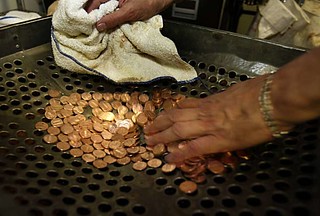
PREV ARTICLE
NEXT ARTICLE
FULL ISSUE
PREV FULL ISSUE
NOTES FROM E-SYLUM READERS: JANUARY 12, 2020The Franklin Mint in Canada
The Franklin Mint also operated in Canada. When I took over the chairmanship of the Coin Exhibit at the Canadian National Exhibition (CNE) in 1976, I had the CNE carpenters build new show cases and displays as is shown in the center of the photo. I also asked The Franklin Mint's Canadian operation to set up an exhibit, which they readily agreed to because of the promotional value. From my point of view, it filled up space and displayed some wonderful looking "numismatic" items... even though I had hesitations at the time in exposing the down side of numismatics to the general public that came to the Arts Crafts Hobbies building to view the Coin Exhibit. I was given the second largest square footage (square meters in Canada, square metres in England). Understandably, only the model train exhibit had more space to show off their locomotives and trains running around hundreds of feet of railway tracks through the mock hilly countryside complete with trees, bridges, railway stations and little people. The Franklin Mint display is at the right in the old black & white photo. The actually display looked a lot better than the photo shows. 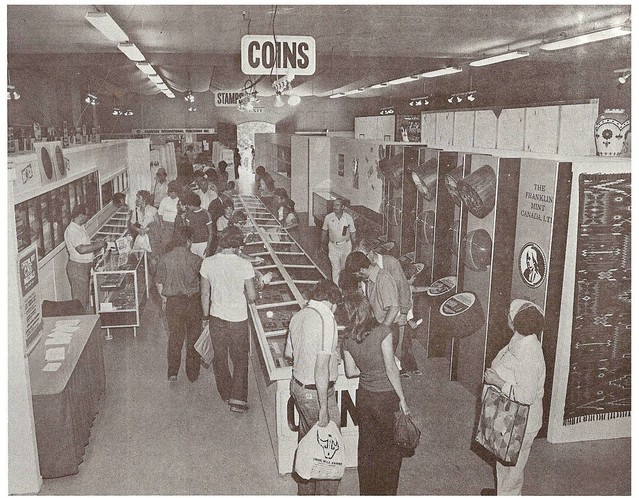 Thanks. Nice exhibit, Perhaps someone will write a history of the company someday. -Editor To read the earlier E-Sylum article, see:
Canada's Counterfeit Cop Camaraderie
John Regitko also submitted this interesting background on another exhibit at the show which got some unwanted attention. Thanks! -Editor 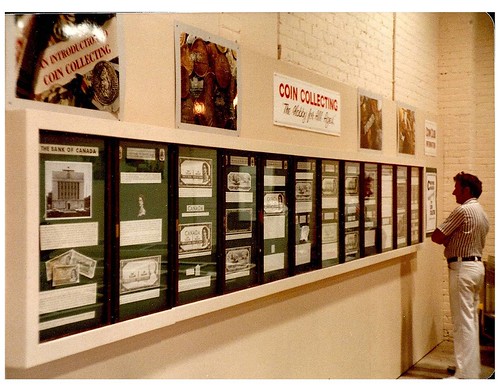 Incidentally, the display that was most commented on was the one I created on how Canada's paper money was printed by the banknote companies. I am attaching photos of the wall display. The comments evolved around the fact that the copying of paper money was a criminal offence at the time, subject to summary conviction. There was no such thing as less than half or more than double the actual size. I got around that by visiting the Corporal in charge of the Counterfeit Division for the RCMP in Toronto, who sent me to the Toronto Police who shared responsibility for counterfeiting in the Toronto area, who sent me to the Attorney General's office at Queen's Park (where the Government of Ontario hangs out). Each one pulled out the Criminal Code of Canada and gave me a scolding for creating the display before I contacted them (I told them I did it first "in case you might not allow me to do it"). They agreed not to arrest me, so I displayed it in the hopes they did not change their mind. Good thing they were aware of it, because when a Toronto Star newspaper reporter saw the same display at a coin convention, he called the Toronto Police who paid me a visit on a Friday. Because they were aware of the exhibit, they asked when I could take it down. I answered that as chairman, I am quite busy. "How about Sunday at 5:00 p.m.?" I asked. In a very stern voice, one of the two detectives looked me straight in the eyes and said? "Okay, but not a minute later!" He then smiled and left. The display that helped earn the Coin Exhibit one of the two three exhibitor awards (they did not rate them in order, but I was told that the CNE judges places us second). I wrote a two-part article in Canadian Coin News. There are hundreds of short stories like this that are either entertaining, education or just interesting. One of your many subscribers should solicit input and publish a book on collectors' and dealers' submissions. 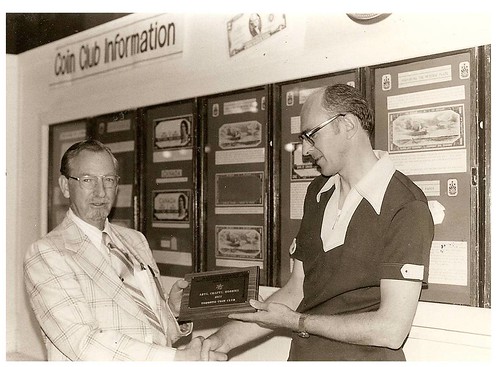
Fred Brown and John Regitko On Declaring Your Cash When Leaving the Country
In the last E-Sylum there was mention of a couple who were caught leaving the country with $19,651 in cash. I did not see how they violated any laws, other than not declaring the full amount (which they could have done). Since there were two of them and each person is allowed a $10,000 limit, they did not exceed $20,000. Anyway, I went to the appropriate gov't website & it stated "Please be aware, if persons/family members traveling together have more than $10,000, they cannot divide the currency between each other to avoid declaring the currency." So, if you are traveling together and use one custom declaration form, the $10K includes everybody. I didn't know that, did you? However, it doesn't say what happens if each person fills out their own declaration form. Interesting nuance. -Editor To read the earlier E-Sylum article, see:
Glass Coin Weights
The article on a new book, The Coin-Weights of Ireland, by Paul & Bente Withers jarred my memory of an exhibit I saw at the Corning Glass Museum last year. Evidently coin-weights were also made from glass since this was an ideal material due to being inexpensive to make, non-deteriorating with exposure to the elements, and hard to tamper with without such tampering being obvious to anyone critically examining them. I have attached a photo from the exhibit of six coin-weights that were used in the 8th to 10th century. When I saw the exhibit I was startled to learn that glass was used but on further thought I can see how this was a logical material. 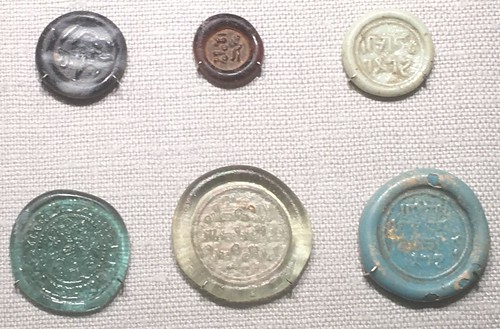 Thanks! -Editor To read the earlier E-Sylum article, see:
Hotel Coin Washing
My correspondent says that the practice stemmed, in part, from a desire to help keep the white gloves of female guests clean. I wonder if other hotels of the era also washed their coins. After typing this I had the thought that when I had originally searched for possible confirmation, I had typed in Mark Hopkins. Searching without the hotel name gave up a number of stories about the St. Francis. Bruce passed along this 2010 article about the Westin St. Francis coin washers. Thanks! We've touched on the topic before - see the linked articles from 2011. -Editor To read the complete article, see:
To read the earlier E-Sylum articles, see:
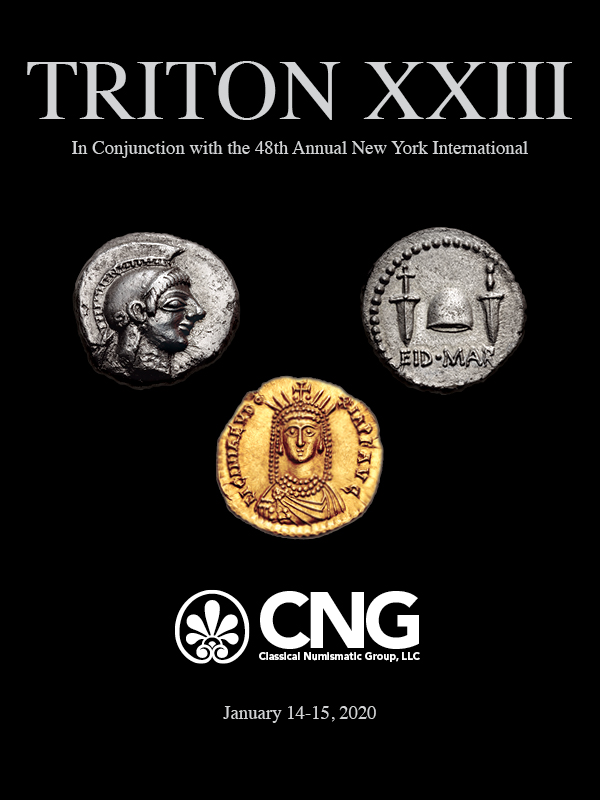 Wayne Homren, Editor The Numismatic Bibliomania Society is a non-profit organization promoting numismatic literature. See our web site at coinbooks.org. To submit items for publication in The E-Sylum, write to the Editor at this address: whomren@gmail.com To subscribe go to: https://my.binhost.com/lists/listinfo/esylum All Rights Reserved. NBS Home Page Contact the NBS webmaster 
|
